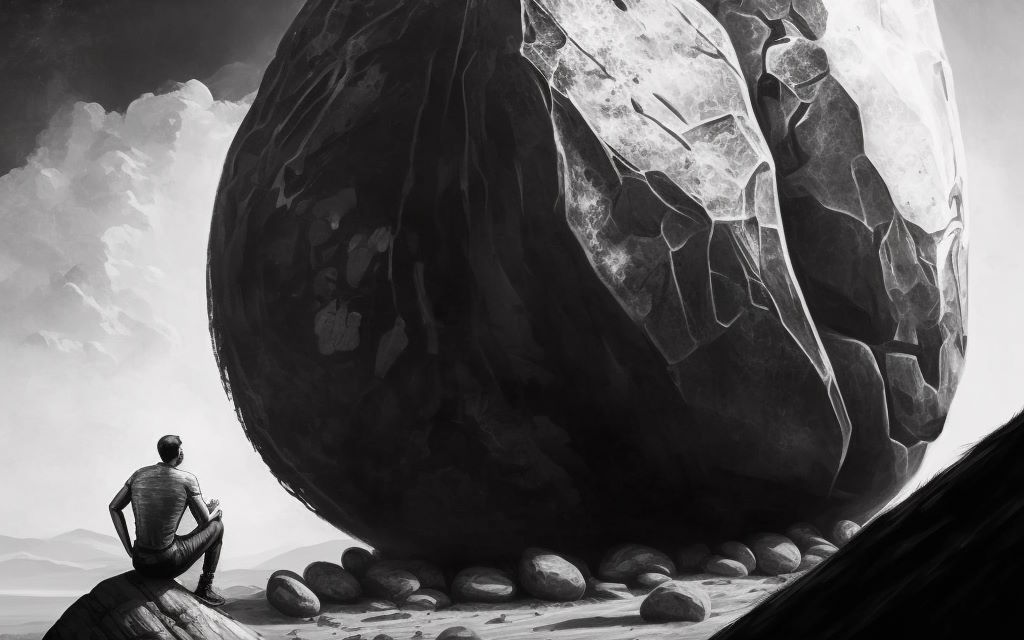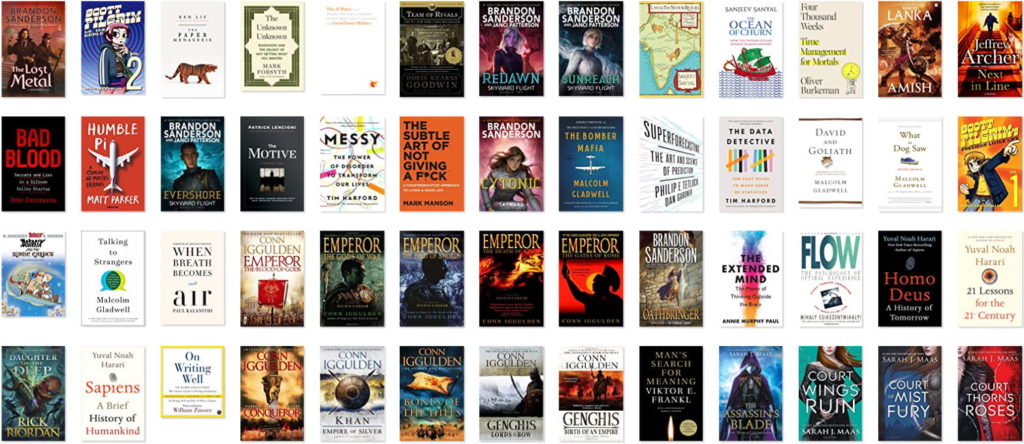Zeigarnik effect vs my procrastination
I make commitments but don’t always deliver on time. In 2022, I ran an experiment to find out why I procrastinate.
In Jan-Feb 2022, I listed the top 2 things I wanted to get done each day and measured how often I completed them.
14 Jan. ❌ Summarise from three research reports
12 Jan. ❌ UIFactory experiment ✅ Decide if I am a (…)
11 Jan. ❌ UIFactory experiment ✅ Agree on publishing in (…)
10 Jan. ❌ Client video. ❌ UIFactory experiment
09 Jan. ❌ UIFactory experiment. ❌ Attrition email as a story
07 Jan. ❌ ZS visual
06 Jan. ❌ Release Gramex Guide. ✅ UWC application
05 Jan. ❌ Publish network cluster post. ❌ Release Gramex guide
04 Jan. ❌ Publish network cluster post. ✅ Release Gramex.
03 Jan. ✅ Publish election TDS video. ❌ Publish Network cluster post.
02 Jan. ❌ Publish election TDS video. ❌ Publish Network cluster post.
01 Jan. ❌ Publish Network cluster post. ✅ Finalize SG school.I completed 23 / 57 things (40%). That’s one of my TOP priorities.
In Mar-Apr 2022, I started micro-journalling to find out why. Whenever I was working on something, I wrote down whenever I started, stopped, or skipped working, and why.
- Tue 01 Mar. ❌ Create React app with any one Vega chart where attributes control chart signals
- 09:30am. Skipped. INTERRUPTED. Shobana. Cleaning bedroom
- 09:50am. Skipped. SCHEDULED. Breakfast
- 10:10am. Skipped. INTERRUPTED. Naveen. Call
- 10:50am. Skipped. DISTRACTED. LinkedIn. 3b1b videos
- 12:30pm. Skipped. SCHEDULED. Calls
- 01:30pm. Skipped. SCHEDULED. Lunch
- 02:00pm. Skipped. INTERRUPTED. Shobana. Cleaning, Dhyeya airtel card
- 02:30pm. Skipped. PROCRASTINATED. Didn't feel like working
- Sat 05 Mar. ❌ Record Jio videos fully. Run productivity log alongside it.
- 09:45am. Skipped. INTERRUPTED. Appa. Investment, music
- 11:00am. Skipped. PROCRASTINATED. Only 2 hours to next call. Let's do it later. Plenty of time tomorrow.
- 01:30pm. Skipped. PROCRASTINATED. Only 30 min to next call. Plenty of time tomorrow.
- 03:45pm. Skipped. PROCRASTINATED. Half day wasted already. It’s OK to take one day off completely.
- Mon 07 Mar. ✅ Record Jio videos fully. Run productivity log alongside it.
- 09:37am. Started. ZEIGARNIK. Was thinking about this since morning.
- 10:00am. Stopped. INTERRUPTED. Naveen. Called
- 10:25am. Started. ZEIGARNIK. Just continued with momentum.
- 01:00pm. Stopped. SCHEDULED. Lunch
- 01:30pm. Started. ZEIGARNIK. Just continued with momentum.
- 03:15pm. Stopped. COMPLETED.
After 2 months, a few patterns emerged.
Why I skip working
- Distraction (50%).
- Interesting things (22%) were the biggest. Less important things (e.g. programming, browsing/research)
- Movies (10%) pulled me away
- Email (8%) was fairly common
- Organizing things (6%) like my calendar, TODOs, financials, etc.
- Social media, interestingly, was not on my list
- Procrastination (25%). There were 3 kinds:
- It’s hard, and I’m stuck
- I don’t feel like doing it
- I don’t have time — my next task begins sooner than I can finish
- Schedule (14%). I’d scheduled something else for then (usually food)
- Interrupted (12%). Usually by family or close colleagues
Why I start working
- Zeigarnik effect (68%). I keep thinking about the problem. So even after a break, I just plunge right in
- Mindfulness (19%). I got started just by the act of writing the journal
- Distraction (9%). Sometimes, distractions work in my favor. A movie gets stuck, or someone pings about the topic, or my mind is processing the problem in the background
- Completed (3%). I finished the previous task and the momentum just took me to the next
Why I stop working
- Schedule (47%). I have another meeting/task planned at that time
- Interruption (35%). This is mostly by colleagues (22%), family (8%), or hunger/thirst (6%)
- Exhaustion (10%). I’m just too tired to go on
- Distraction (8%). To do this, I need to do THAT first, and I get sucked into THAT
What I learned
- The Zeigarnik effect helps me start. Once I start solving something the momentum carries forward. The next best is to write down why I’m not starting it (micro-journalling).
- To avoid procrastination, I should eliminate distractions first. Specifically, use a new Virtual Desktop, block movies, and block email & notifications.
- To avoid schedules interrupting me, I should batch meetings even more tightly, giving me longer or more flexible blocks to work on


